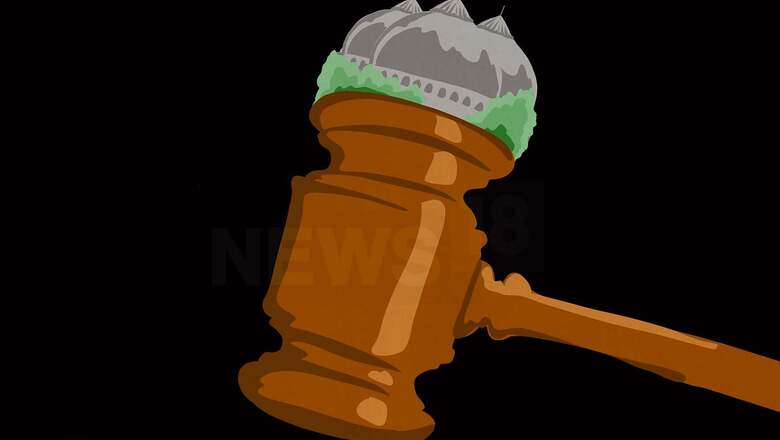
views
New Delhi: After attempts to discredit the archaeological report, the Muslim side in the Ayodhya title dispute case has now termed as “hearsay” and “myths” the chronicles in the books and gazetteers that spoke about the possibility of a Hindu temple where the Babri Masjid was later erected.
Senior advocate Meenakshi Arora, arguing on behalf of the Muslim parties in the case, has contended that while it would be too dangerous to rely upon the 2003 report of the Archaeological Survey of India (ASI) that had talked about the pre-existence of a Hindu religious structure at the disputed site, any credence to similar accounts in books and gazetteers from 18th and 19th centuries would be equally fallacious.
“The accounts recorded in these books and gazetteers are not personal experiences of the authors themselves but based on hearsay,” read Arora’s note before a Constitution Bench, headed by Chief Justice of India Ranjan Gogoi.
The note has added: “None of the authors personally witnessed a Ram temple on the site or the demolition thereof by Muslims. Rather, their writing are, at best based on myths and stories that they heard from the local populace, which are completely subjective, and would also not constitute direct or substantial evidence so as to corroborate the ASI report.”
Brought on record in the bunch of civil suits, travelogue of William Finch, an English merchant of the East India Company in the 17th century, mentions worship of Lord Ram in Ayodhya but did not talk about the existence of any mosque there.
Similarly, travelogues of Jesuit missionary Joseph Teifenthaler, from 1740-1770, also spoke about several buildings on the south bank of the Sarayu river built in the memory of Lord Ram. This book also mentions the belief in a 'cradle' of Lord Ram in Ayodhya.
Montgomery Martin survey report, 'History, antiquities, topography and statistics of Eastern India' from 1838, also stated about the belief that Fort of Ramghar and the Ram Janmabhoomi temple were reconstructed by King Vikrama, whose genealogy had links to Rama's dynasty. The destruction of the fort and temple were attributed to the invasion of Babur by local Hindus.
Some of the gazetteers of Territories of the East India Company from 1854 onwards had also noted that Hindus believed that on the banks of the River Sarayu are ruins of the court of Rama, King of Ayodhya, hero of the Ramayana and highly celebrated in the mythological and romantic traditions of India.
The Muslim side, however, has now submitted before the court that all these were not reliable evidence but were based on hearsay. Earlier, they argued that archaeology is a “social science”, not verifiable and cannot be trusted as conclusive evidence.
The five-judge bench, also comprising Justices SA Bobde, DY Chandrachud, Ashok Bhushan and SA Nazeer, has heard the case for 33 days so far. The bench has set a deadline of October 18 for completion of arguments in the case, given the fact that CJI Gogoi retires on November 17 and the judgment must come before his retirement or the case will have to be heard all over again.
The hearing will resume on Monday when the Muslim parties will continue their submissions.












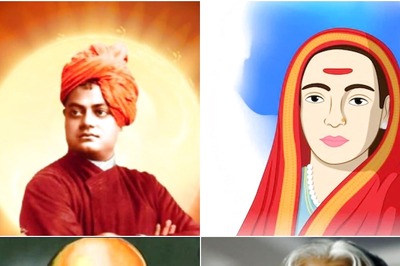
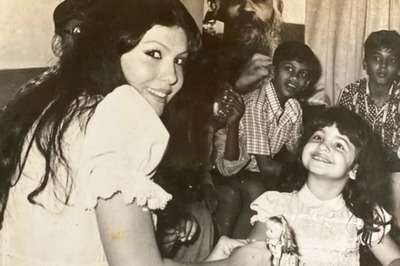




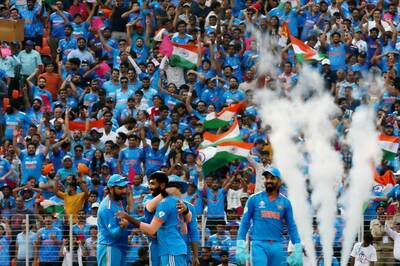
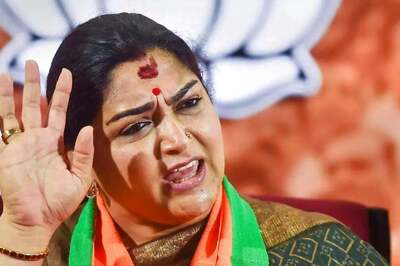
Comments
0 comment